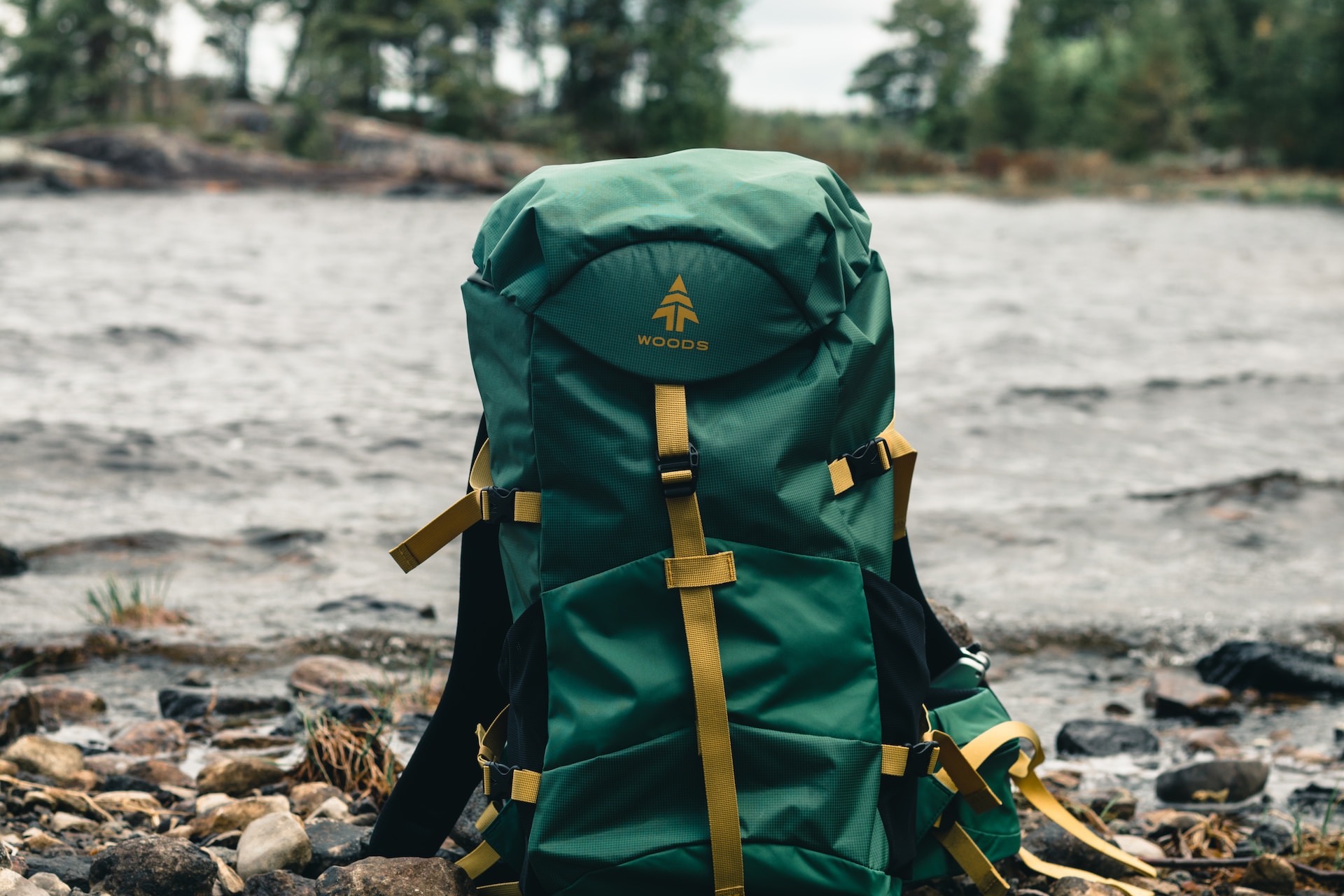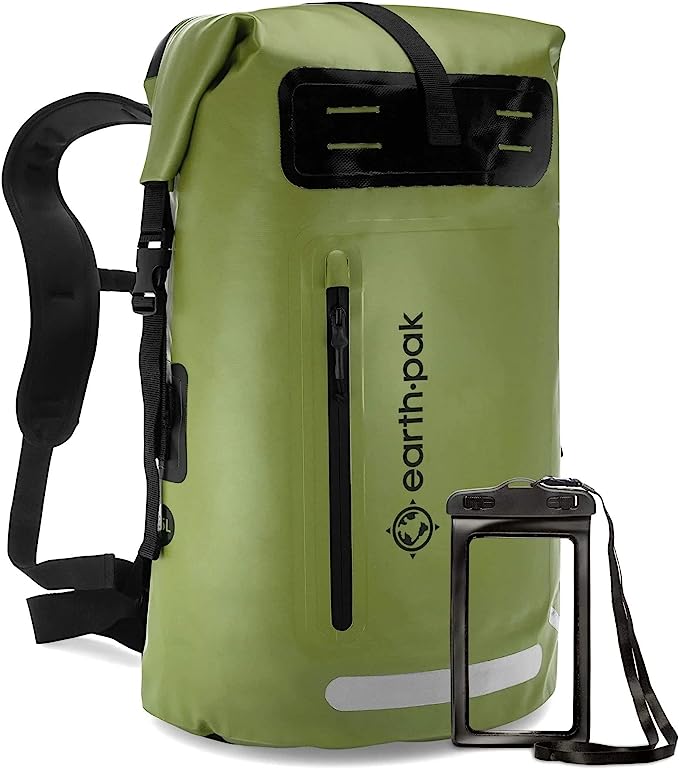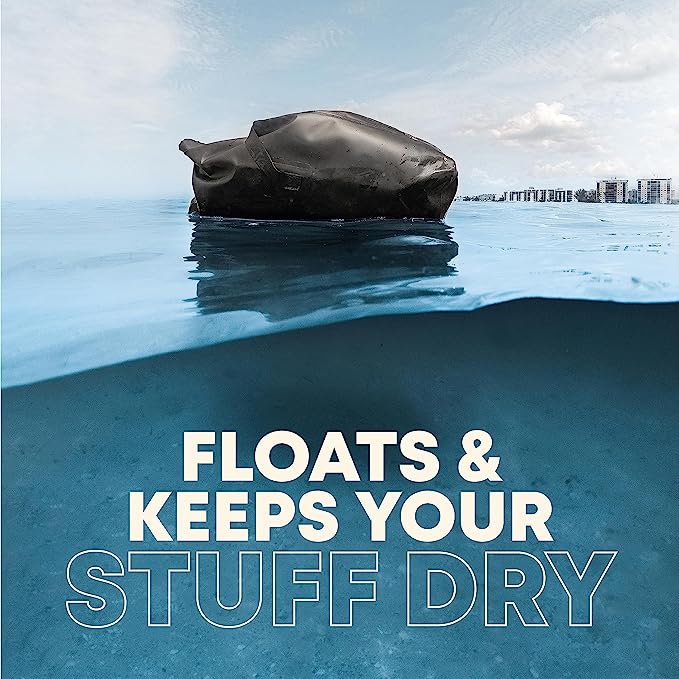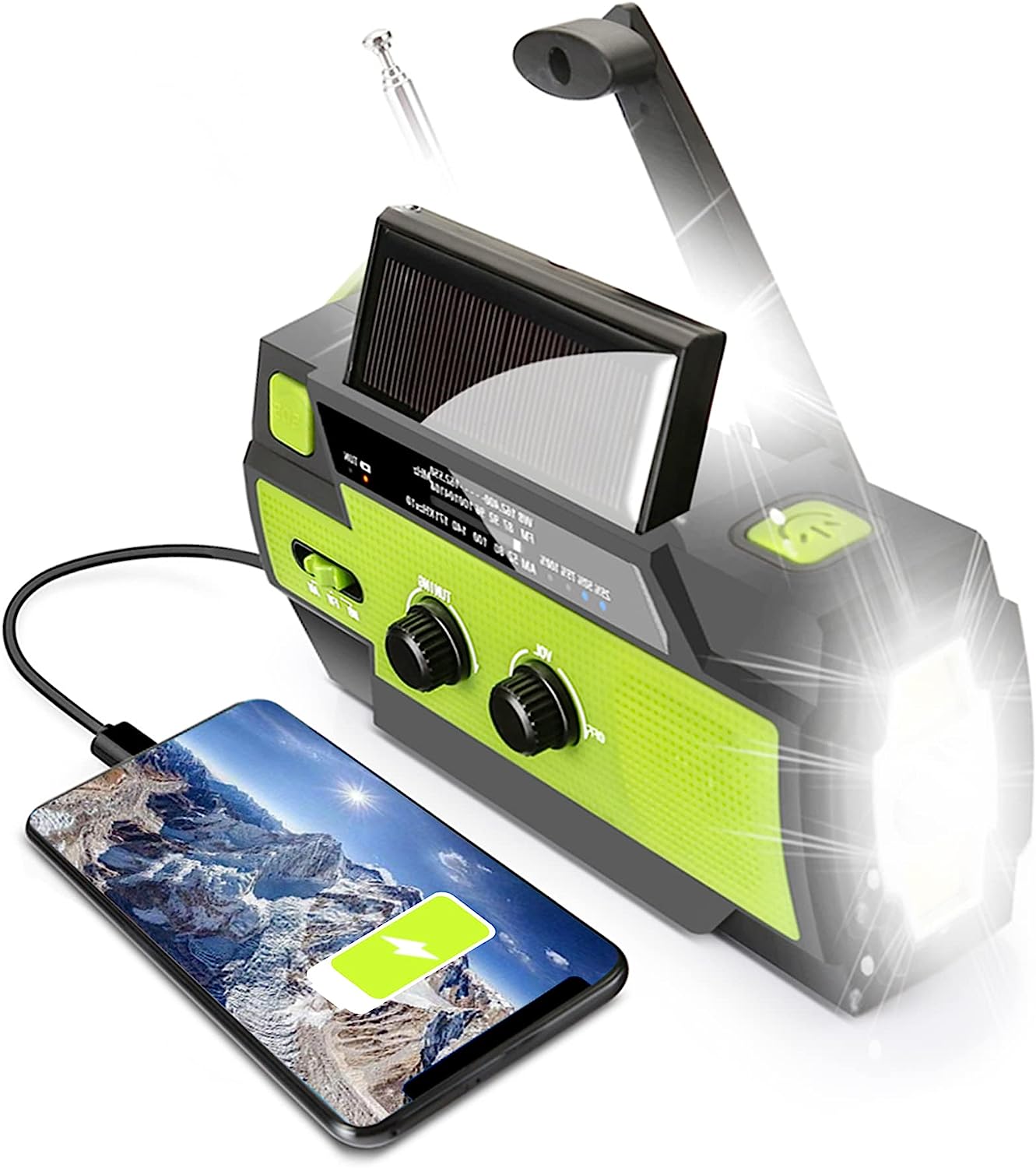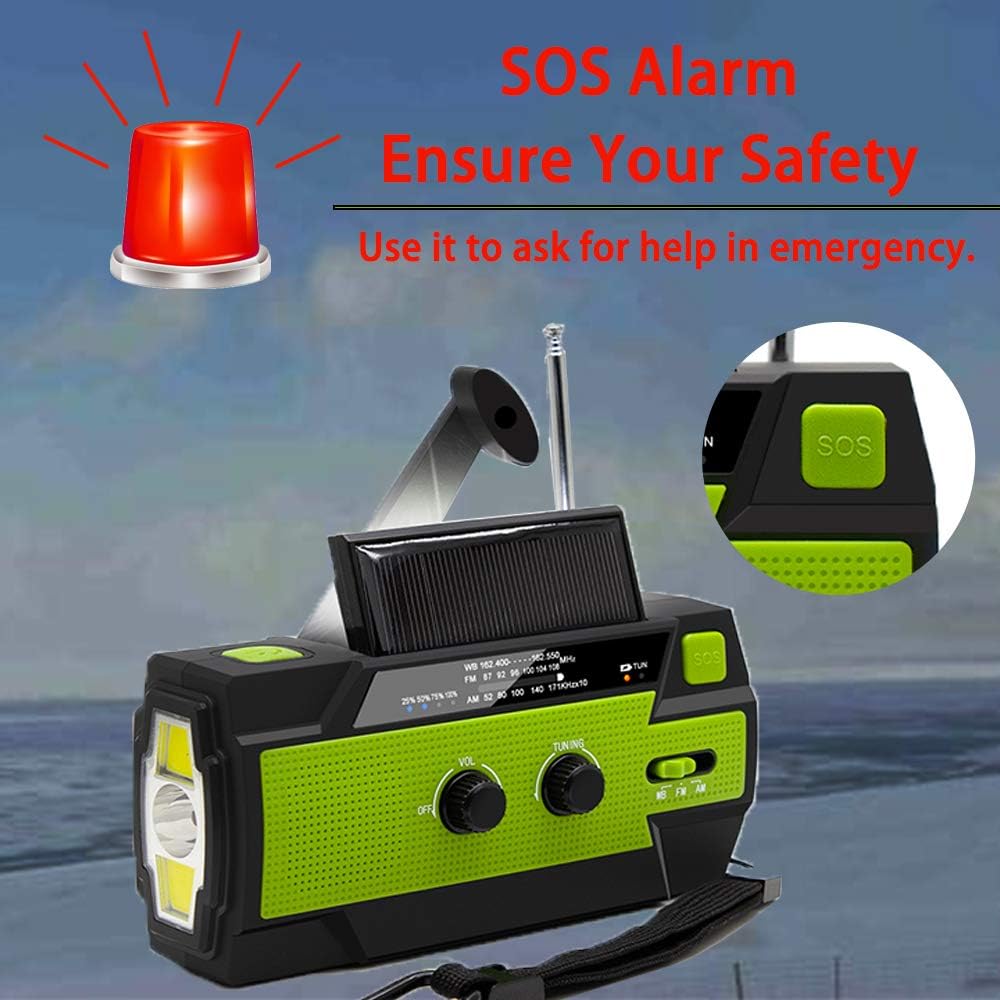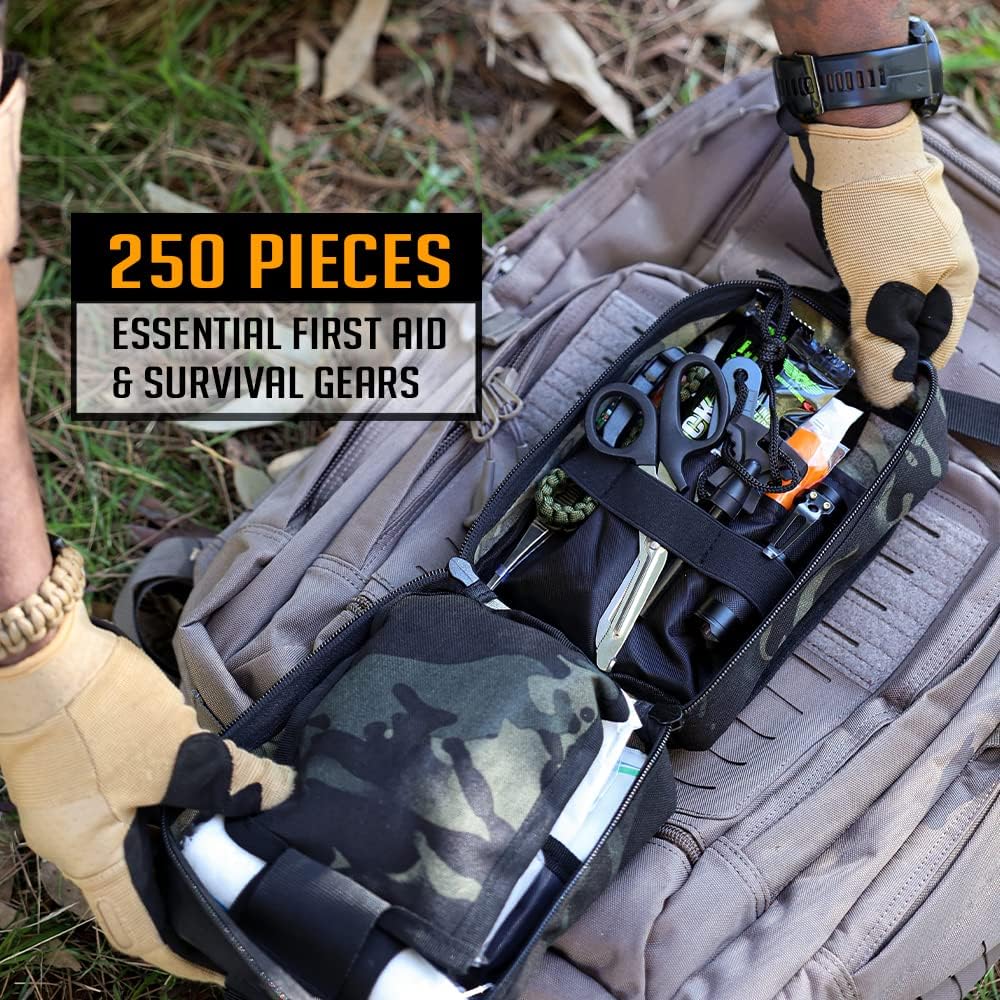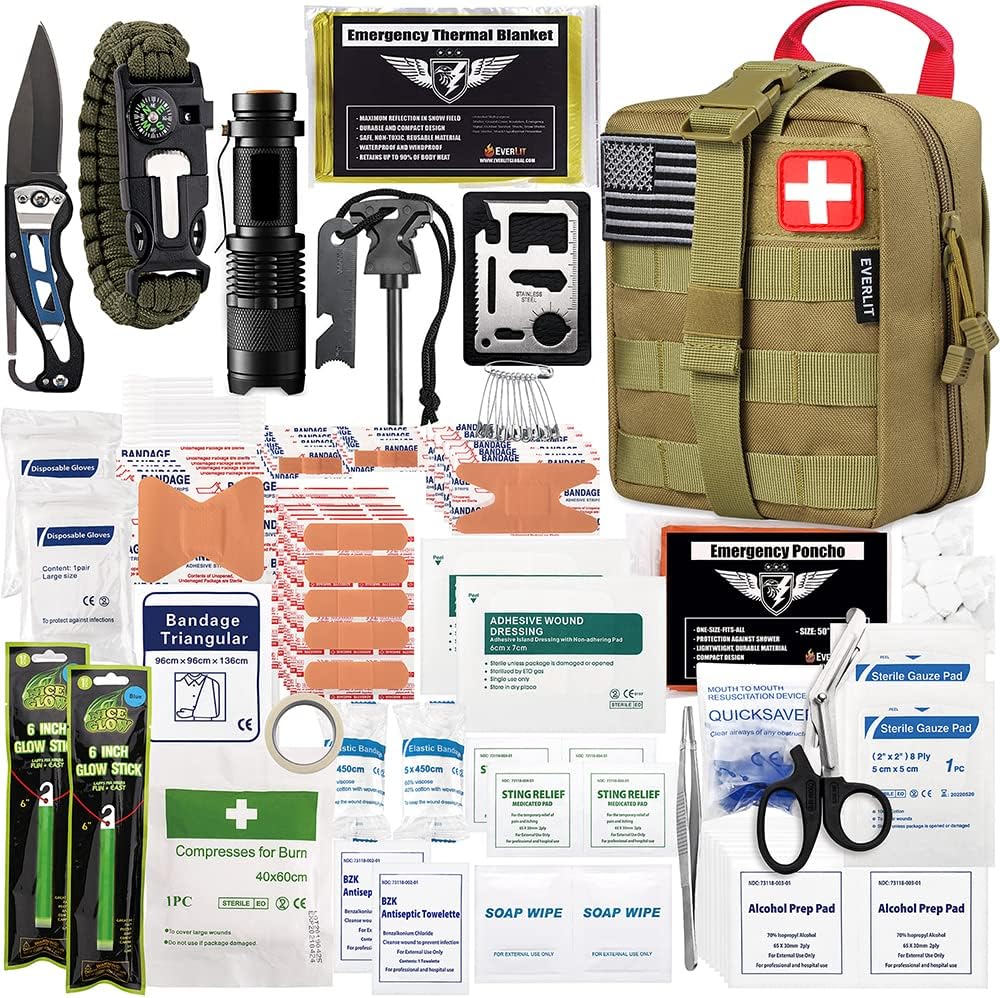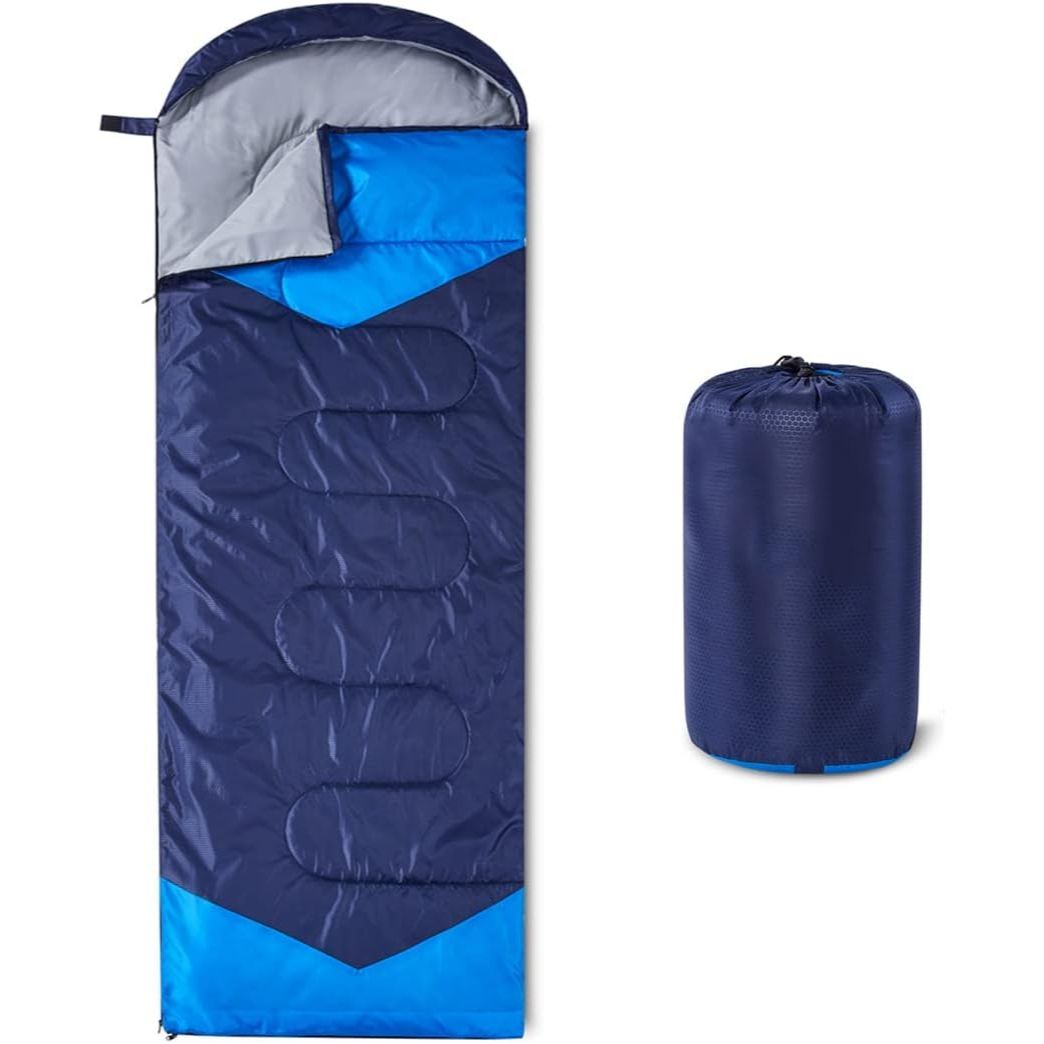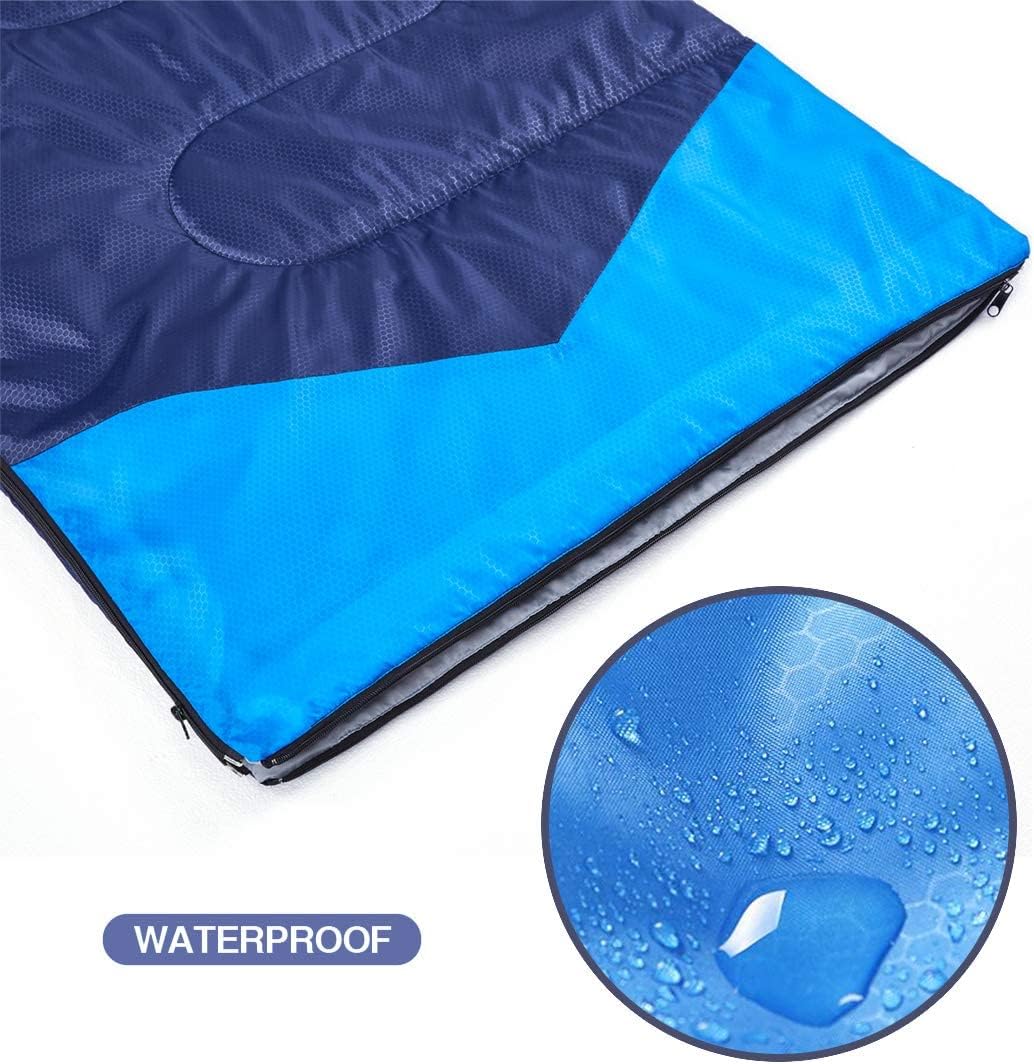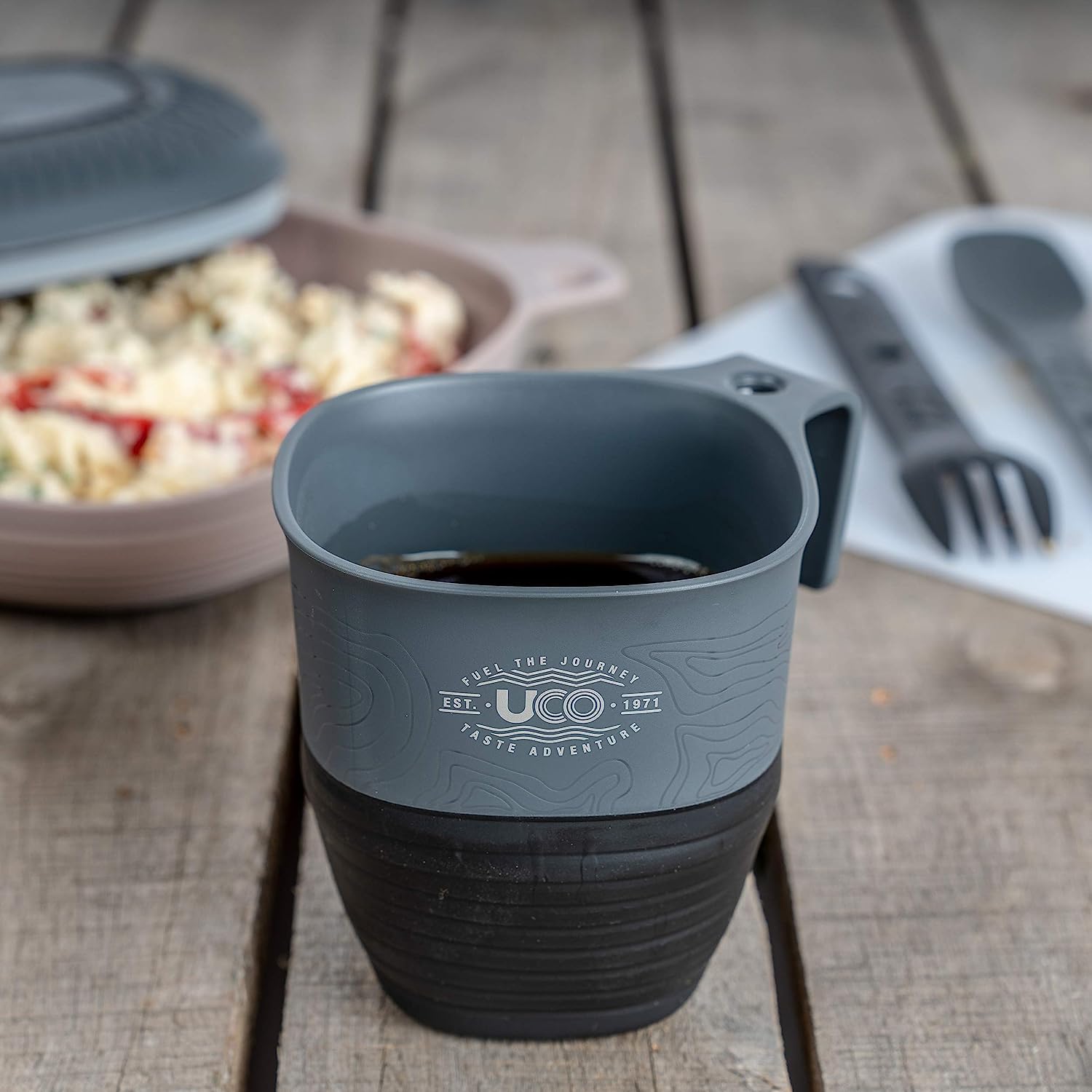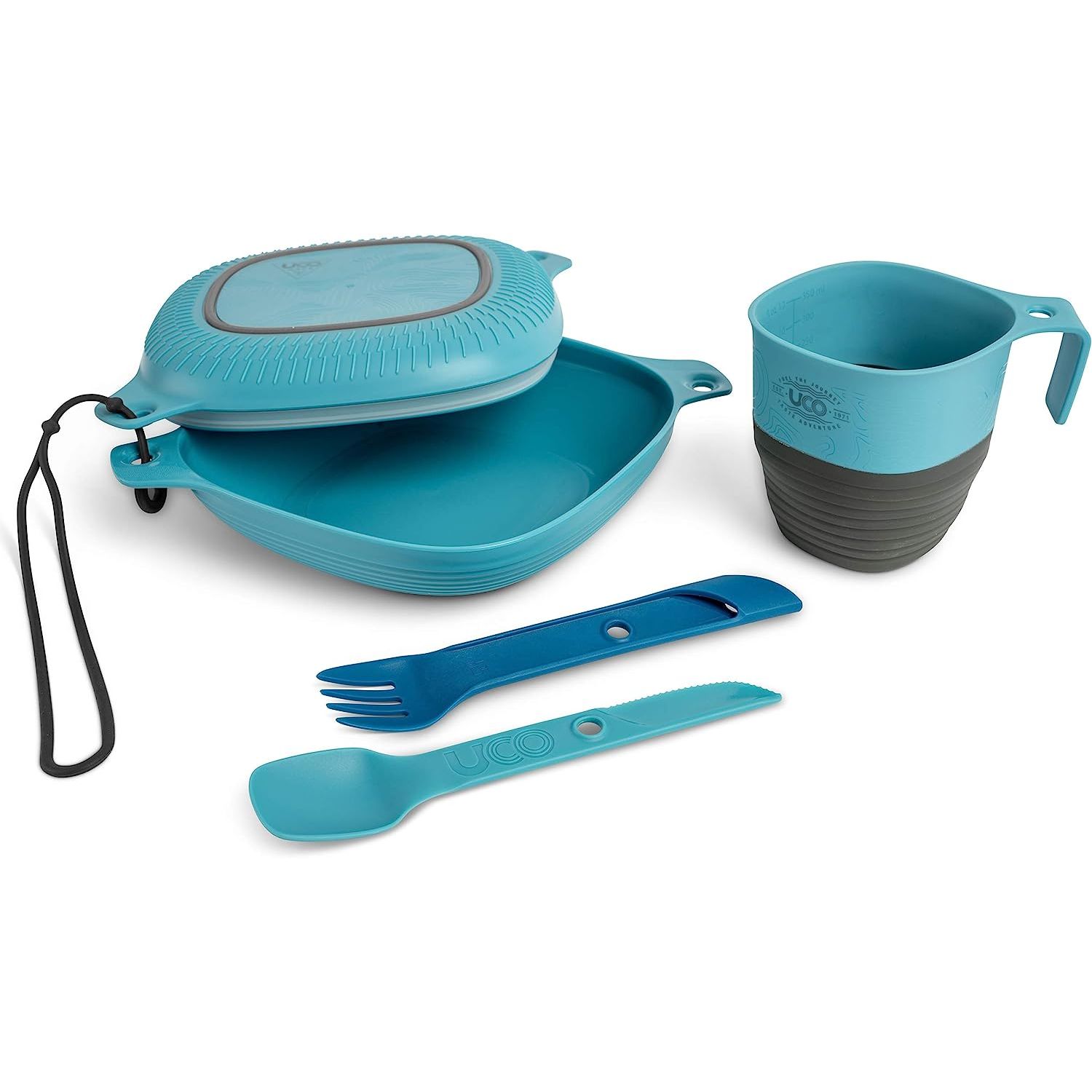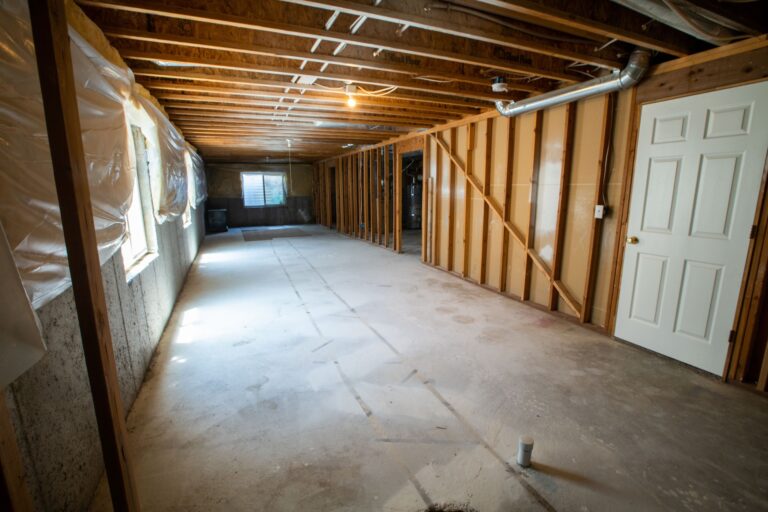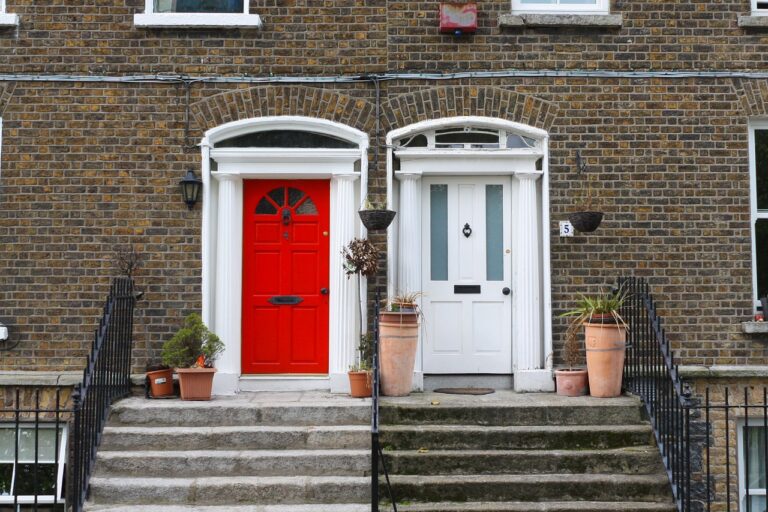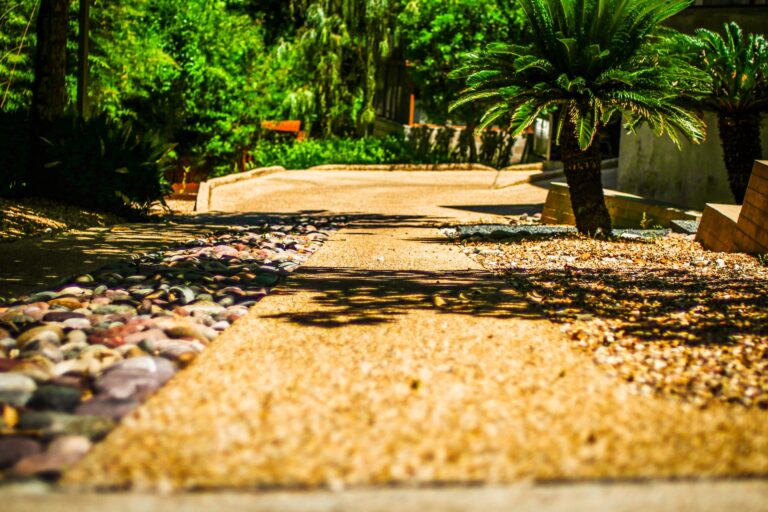Floods can be devastating, causing widespread damage and loss. Whether you live in an area prone to flooding or want to be prepared for unexpected emergencies, creating a flood preparedness kit is essential. Here, we’ll walk you through the process of building your own DIY flood preparedness kit inexpensively. From essential supplies to additional items tailored to your needs, we’ve got you covered.
Why Do You Need a Flood Preparedness Kit?
Floods can occur unexpectedly and result in significant disruption to your daily life. Having a well-stocked flood preparedness kit can provide you with essential supplies to sustain yourself and your family for at least 72 hours. Emergency organizations like the Red Cross recommend having a kit ready to go in case of a flood. By being prepared, you can minimize the impact of a flood and ensure the safety and well-being of your loved ones.
Note: Some of the links here are affiliate links. There’s NO additional cost for you, but it does help our team to earn some coffee money to help write more tips to keep you dry.
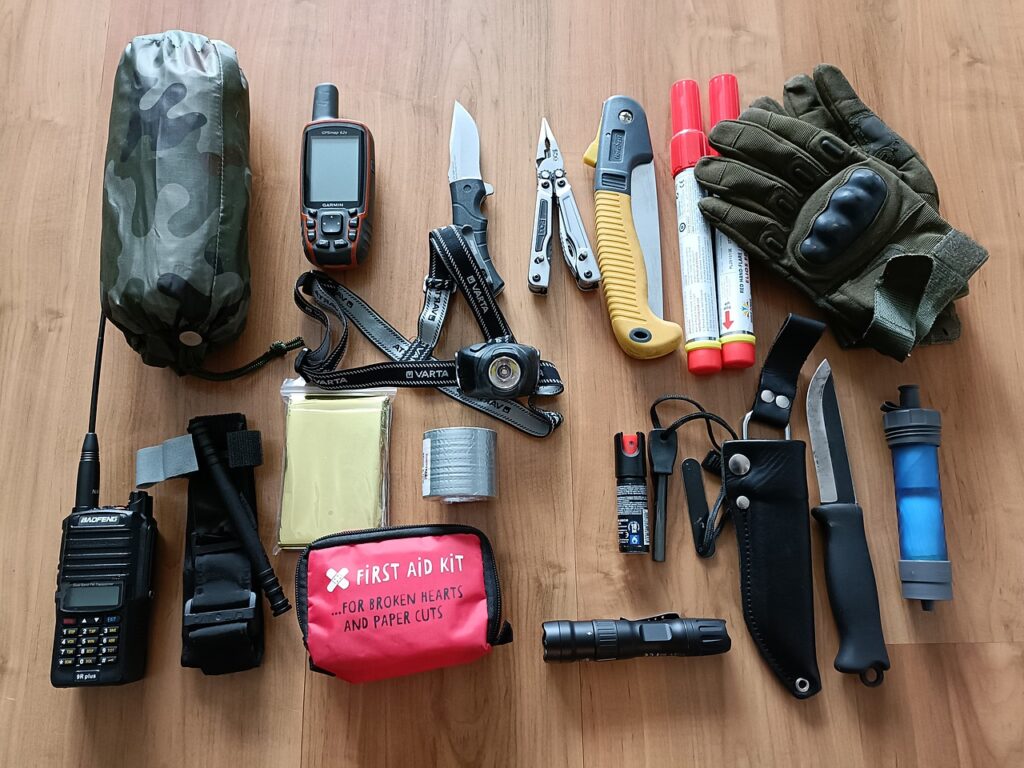
10 Essential Supplies for Your Flood Preparedness Kit
When assembling your flood preparedness kit, it’s important to include basic supplies that can help you survive during a flood. Here’s a checklist of essential items to consider:
- Water: It’s crucial to have an adequate supply of clean water. Consider including a portable water purification device for emergencies.
- LED Flashlight & Batteries: A reliable light source is essential during power outages or when navigating through flooded areas.
- Non-Perishable Food: Choose foods with a long shelf life and high nutritional value. Canned goods, energy bars, and dried fruits are good options.
- Dust Mask: Protect yourself from airborne particles and debris with a dust mask.
- Battery Powered Radio: Stay informed about weather updates and emergency broadcasts with a battery-powered radio.
- Whistle: A whistle can help you attract attention and signal for help if you’re trapped or in need of assistance.
- Hand Towels: Keep a few hand towels handy for personal hygiene and cleaning purposes.
- Local Maps: In case of evacuation or when navigating unfamiliar areas, having local maps can be invaluable.
- First Aid Kit: Prepare a comprehensive first aid kit with essential medical supplies and medications.
- Miscellaneous: Don’t forget to include cash, important documents, emergency phone numbers, personal hygiene products, an additional pair of clothing, glasses or contact lenses, scissors, safety pins, a sewing kit, and matchsticks.
Remember to store these items in airtight containers inside easy-to-carry duffel bags for convenience and protection.
Additional Supplies for Your Customized Flood Preparedness Kit
While the essential supplies cover the basics, it’s important to customize your flood preparedness kit to meet the specific needs of your household. Consider including these additional items:
- Prescription Medication: If you or anyone in your family requires regular medication, make sure you have an ample supply in your kit.
- Sleeping Bag: In case you need to spend nights away from home, a sleeping bag can provide comfort and warmth.
- Cutlery Kit: Pack a small cutlery kit with reusable utensils for eating meals on the go.
- Emergency Kit for Pets: If you have pets, include food, medicines, a secure leash, and carriers in your kit to ensure their safety.
- Emergency Kit for Children: If you have young children, pack items like diapers, formula, comfort items, and activities to keep them occupied during the emergency.
By customizing your kit, you can ensure that you have everything you need for the specific needs of your family.
Maintaining Your Flood Preparedness Kit
Once you have assembled your flood preparedness kit, it’s important to maintain it properly. Here are some tips to keep your kit in optimal condition:
- Replace Expired Items: Regularly check your supplies and replace any items that have expired or are nearing their expiration date.
- Use Waterproof Containers: Keep your supplies safe from water damage by storing them in waterproof containers.
- Update the Kit as Needed: As your family’s needs change, such as the addition of a new family member, make sure to update your kit accordingly.
- Keep Contents in Easy-to-Carry Bags: Use duffel bags or backpacks to store your supplies for easy transport during an evacuation.
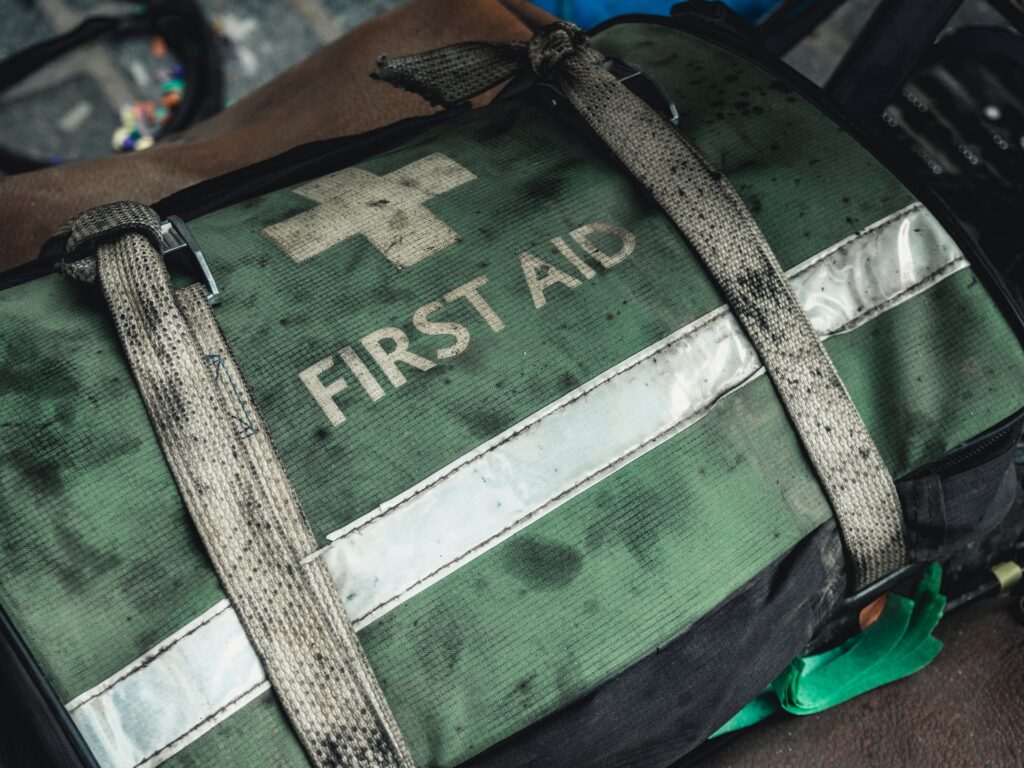
Where to Store Your Flood Preparedness Kit
To ensure quick access to your flood preparedness kit, store it in strategic locations where you spend a significant amount of time. Here are some suggestions:
- Home: Inform all family members about the location of the kit. Keep it in a space that is easily accessible, allowing you to grab it and go in a moment’s notice.
- Workplace: While most workplaces have emergency survival kits, consider creating a customized kit that includes items specific to your needs.
- Car: It’s advisable to have a survival kit in your car. In addition, make sure your car is protected with a suitable car insurance plan in case of any unforeseen events.
By strategically placing your flood preparedness kit in these key locations, you can be prepared for emergencies wherever you are.
The Bottom Line
Creating your own DIY flood preparedness kit is a proactive step towards ensuring the safety and well-being of yourself and your family during a flood. By including essential supplies and customizing your kit to meet specific needs, you can be confident in your preparedness.

